Which Of The Following Is True Of Positive Feedback

The concept of positive feedback, often encountered in scientific disciplines ranging from biology to engineering, frequently causes confusion due to its seemingly counterintuitive nature. Understanding its true characteristics is crucial for anyone studying or working in these fields.
This article aims to clarify the core properties of positive feedback mechanisms and dispel common misconceptions. It will delve into what fundamentally defines positive feedback and distinguish it from other feedback types, relying on scientific consensus and established principles.
Defining Positive Feedback: More Than Just "Good"
Positive feedback, in its simplest form, is a process where the output of a system amplifies the original stimulus. This means the effect of a perturbation on a system includes an effect to increase the magnitude of the perturbation.
It is fundamentally different from negative feedback, which acts to dampen or stabilize a system. While negative feedback seeks equilibrium, positive feedback drives systems further away from their initial state. This can lead to rapid changes and potentially unstable conditions.
Key Characteristics of Positive Feedback
One of the defining characteristics is amplification. The initial stimulus is not just maintained, but actively strengthened by the system's response.
This amplification often leads to a "snowball effect." A small initial change can trigger a cascade of events, resulting in a dramatic overall shift in the system's state.
Crucially, positive feedback loops are not inherently "good," despite the name. The term "positive" refers to the amplification of the signal, not the desirability of the outcome.
Examples in Biological Systems
Childbirth is a classic example of positive feedback in biology. As the baby's head pushes against the cervix, nerve impulses are sent to the brain, causing it to release oxytocin.
Oxytocin then stimulates uterine contractions, which further push the baby against the cervix. This cycle continues, with each contraction increasing the release of oxytocin and intensifying the contractions, until the baby is born.
Blood clotting is another important example. When a blood vessel is damaged, platelets adhere to the site and release chemicals that attract more platelets.
This creates a positive feedback loop, rapidly accumulating platelets to form a clot and stop the bleeding. The initial signal (damage to the vessel) is amplified to create a large, localized response.
Examples in Non-Biological Systems
Population growth can sometimes exhibit positive feedback dynamics. A larger population leads to more births, which further increases the population size, creating a cycle of exponential growth, given sufficient resources.
In financial markets, a stock market bubble can be driven by positive feedback. As prices rise, more people are incentivized to buy, further driving up prices, creating a self-reinforcing cycle.
Climate change also involves several positive feedback loops. For example, melting ice reduces the Earth's reflectivity, causing more sunlight to be absorbed and further accelerating warming.
Distinguishing Positive Feedback From Other Concepts
It's important to distinguish positive feedback from simple reinforcement or reward systems. While a reward might encourage a behavior, it doesn't necessarily create a self-amplifying loop that drives the system away from its initial state.
Confusion often arises when the term "positive" is interpreted as inherently desirable. In systems thinking, it is crucial to focus on the loop's structure and behavior, rather than assigning a value judgment to the outcome.
Another distinction to make is between positive feedback and exponential growth. Exponential growth is a result of positive feedback but is not necessarily the only possible outcome.
The Potential Consequences of Positive Feedback
The consequences of positive feedback loops can be significant. In some cases, they can lead to rapid and dramatic changes in a system, as seen in the examples of childbirth or a stock market crash.
Uncontrolled positive feedback loops can lead to instability and even system failure. Understanding these loops is therefore crucial for managing complex systems, from ecosystems to economies.
However, positive feedback can also be harnessed for beneficial purposes, as seen in the example of blood clotting, where it plays a critical role in preventing excessive bleeding.
Conclusion
In conclusion, positive feedback is a fundamental process where the output of a system amplifies the initial stimulus. It is characterized by amplification, a potential for rapid change, and is not inherently "good" or "bad."
Understanding its characteristics and potential consequences is crucial for scientists, engineers, and anyone working with complex systems. Recognizing the self-amplifying nature of these loops allows for better prediction and management of system behavior.
By understanding the nuances of positive feedback, one can better analyze and potentially control the behavior of various systems in nature and technology.
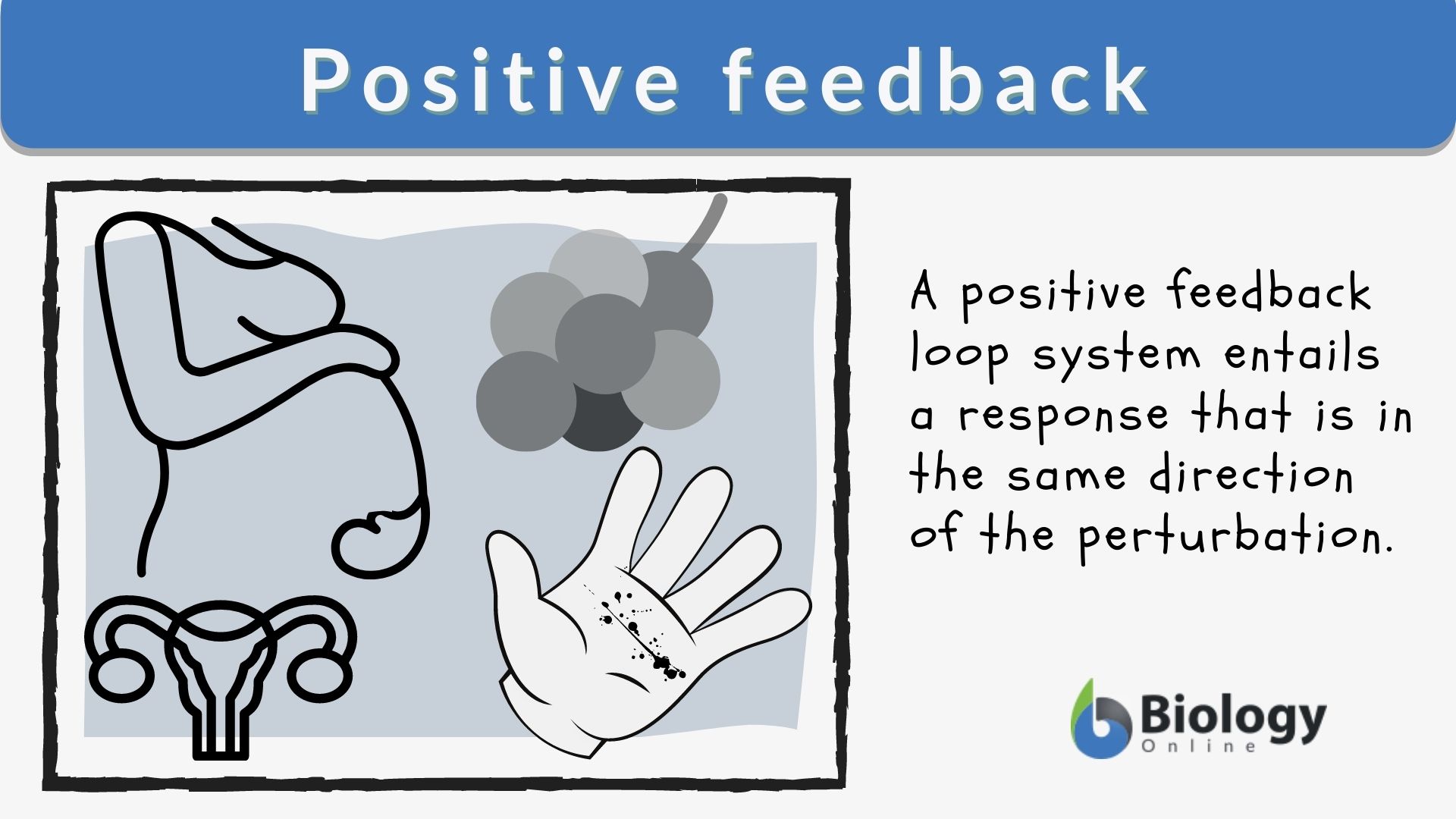
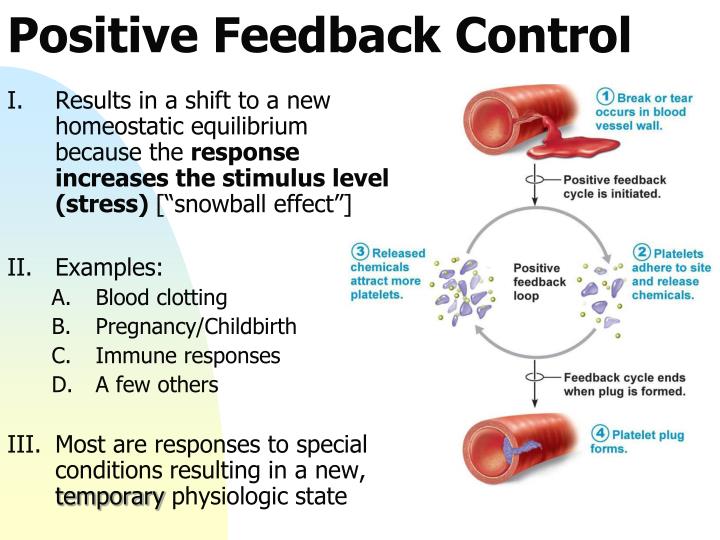



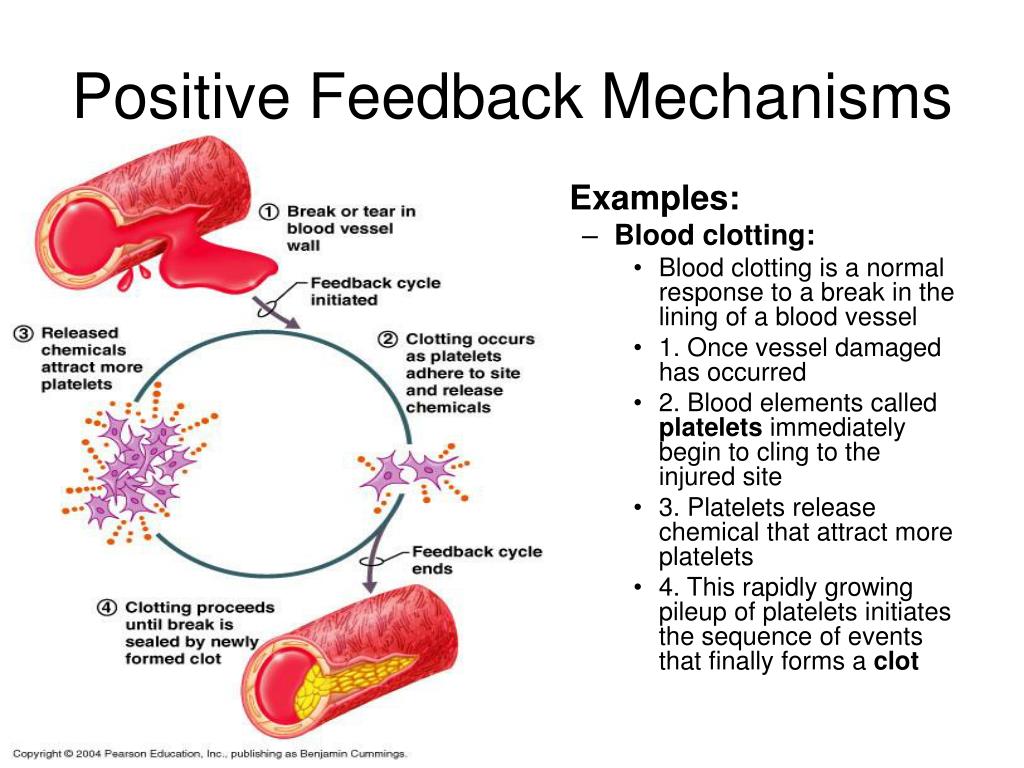


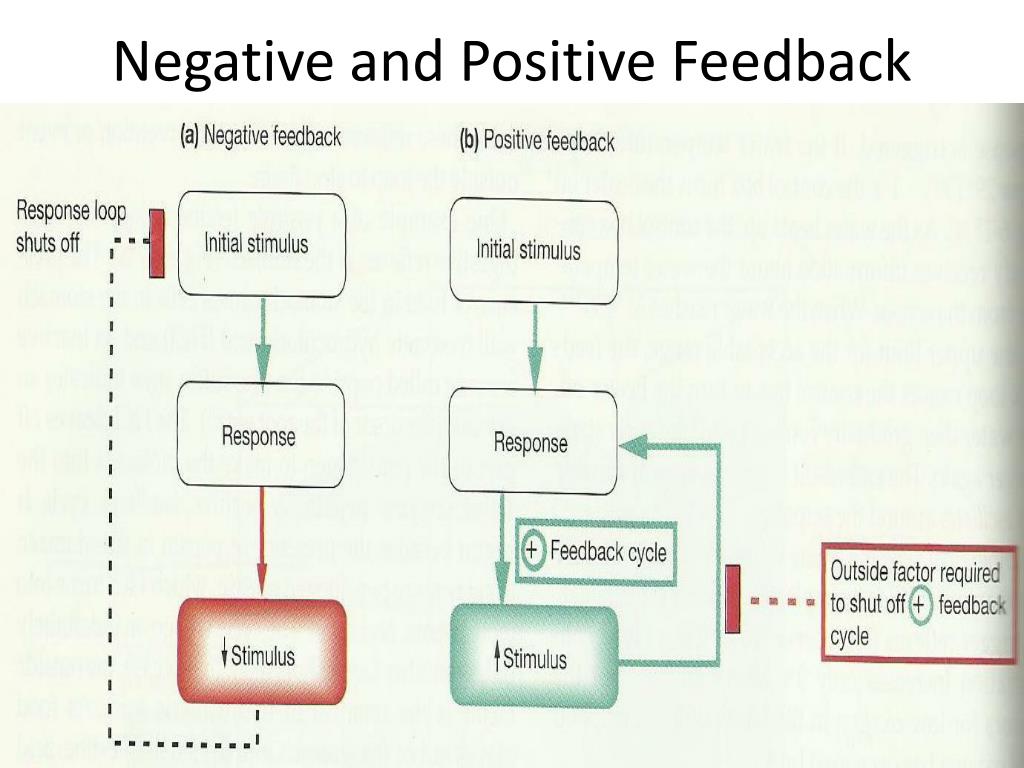
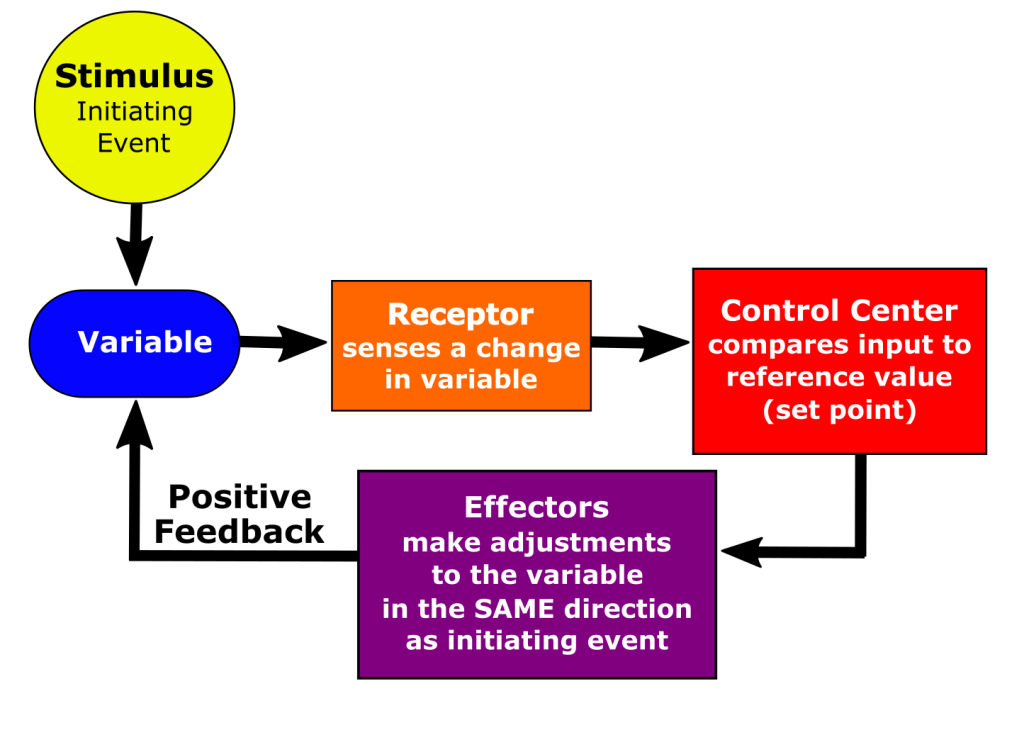


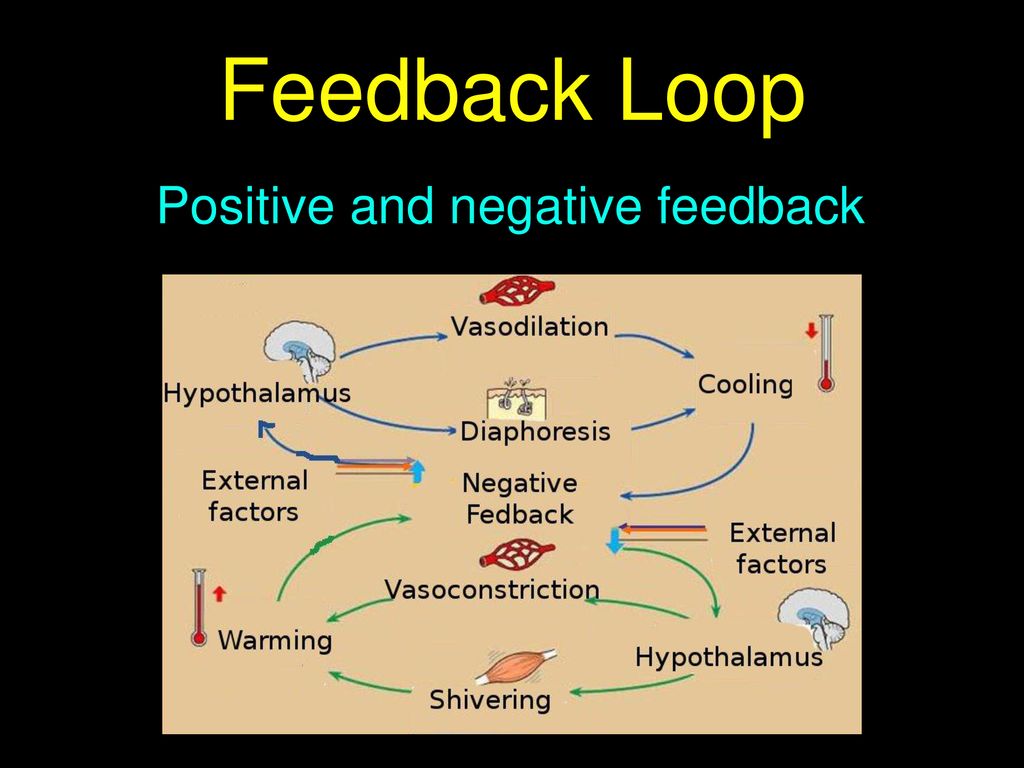

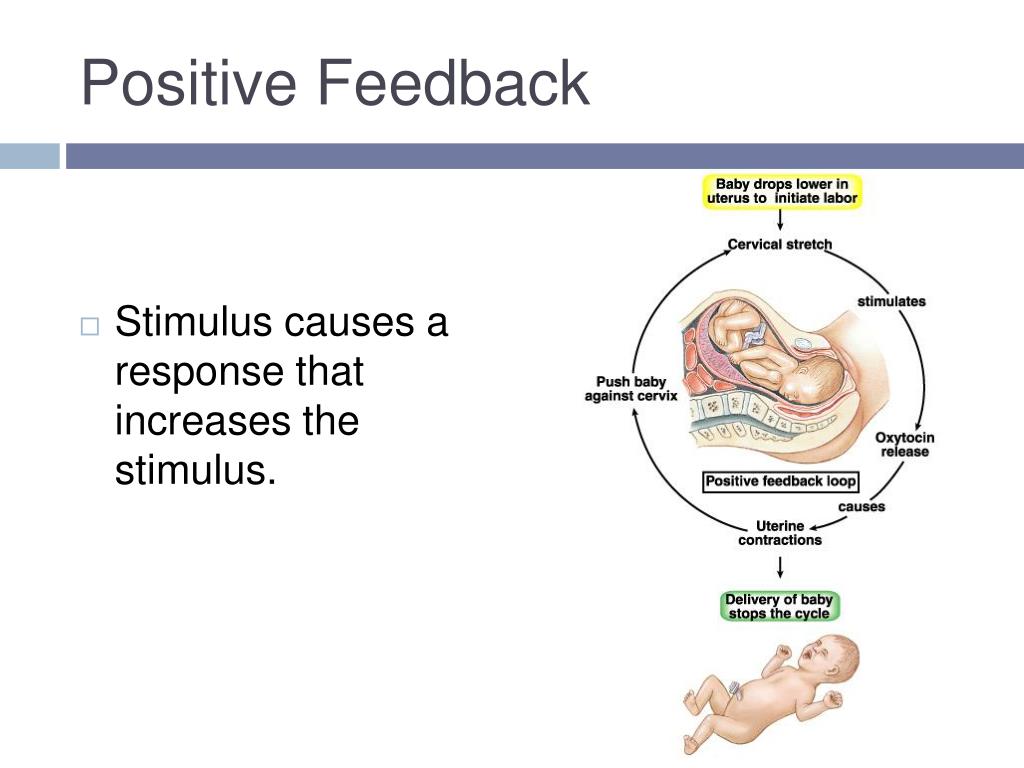
.png?width=5760&name=Positive Feedback Example Taking Initiative (1).png)

